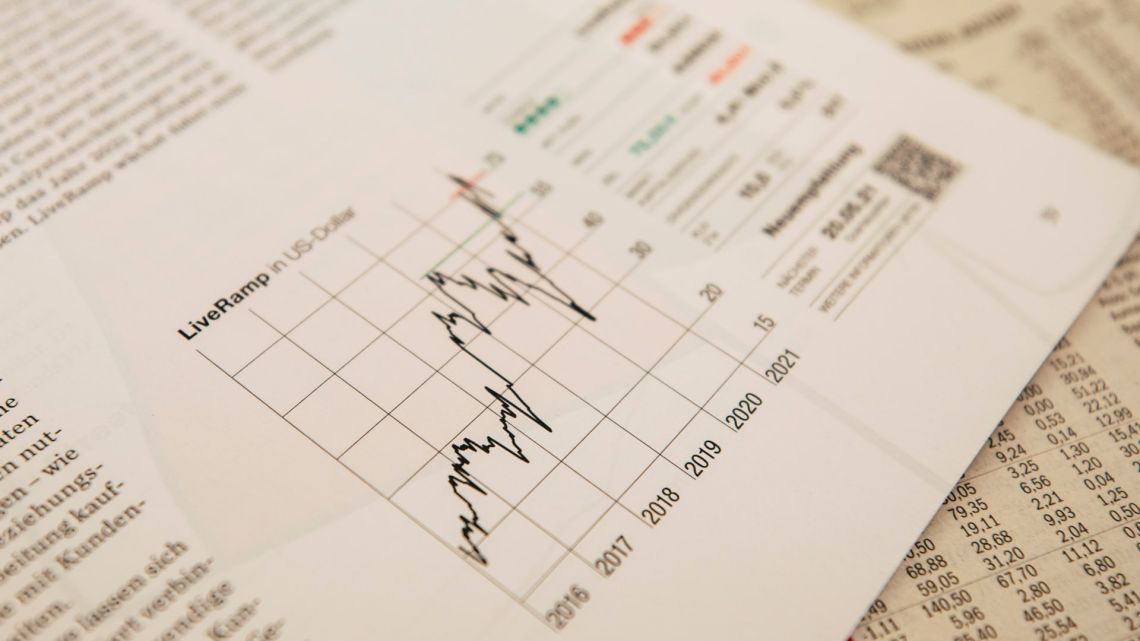
The recent inflation data for January has led Wall Street to revise its projections for interest rate reductions in 2024. The market now predicts that a rate cut will not occur until June, and there is even speculation about the possibility of a resumption of Federal Reserve rate increases.
Market Reaction
On Tuesday, the stock market experienced a sell-off, resulting in a 1.2% decline in the S&P 500 and a 455.18 point drop in the Dow Jones Industrial Average. Additionally, bond yields rose, with the two-year U.S. Treasury note yield reaching 4.61%, a 0.11 percentage point increase and its highest level in approximately two months.
Inflation Challenges
The journey towards achieving a consistent 2% annual inflation rate is not without its obstacles, as evidenced by the latest data. The Consumer Price Index (CPI) rose by 0.3% in January, exceeding expectations by a tenth of a point. This represents a 3.1% increase compared to the previous year. Notably, the core CPI, which excludes volatile food and energy components, increased by 0.4% last month. This brings its 12-month gain to 3.9%, matching the December figure and interrupting a trend of declining inflation that persisted throughout most of the past year.
Uncertainties and Possibilities
The report on the CPI serves as a reminder that inflation is a complex and poorly understood issue that does not follow a linear trajectory. Chris Zaccarelli, Chief Investment Officer for Independent Advisor Alliance, expressed this sentiment, stating, "It not only throws the timing of Fed rate cuts into question but potentially opens the door to a possibility that we haven’t seen the last Fed interest-rate hike in this cycle."
For any rate hikes to occur, it would require another substantial inflation reading in February along with hawkish remarks from Federal Reserve officials. Presently, the futures market indicates that there is less than a 10% probability of the Federal Open Market Committee lowering its rate target next month, compared to nearly 80% just a month ago. Furthermore, there is no chance of a rate hike. Even expectations for the FOMC's decision in May have shifted towards no change in rates. By mid-January, the market had anticipated at least two rate cuts with an 83% likelihood.
Overall, the unexpected rise in inflation has altered market expectations regarding future interest rate adjustments, signaling a more cautious approach from investors.
The Fed's Stance on Inflation: A Delicate Balance
The Federal Reserve, commonly known as the Fed, is currently in a cautious and observant mode. Chairman Jerome Powell recently highlighted that while inflation has indeed decreased significantly from its peak, policymakers are not entirely convinced that the battle against inflation has been won. Powell stated, "The lower inflation readings over the second half of last year are welcome. But we will need to see continuing evidence to build confidence that inflation is moving down sustainably toward our goal."
Contrary to expectations, January provided evidence that services inflation remained persistent. Rising prices in the housing market and wage gains in the tight U.S. labor market are exerting upward pressure on prices.
Both the markets and the Fed will closely monitor the monthly inflation readings as the debate regarding inflation's trajectory continues. Since the onset of the pandemic, economic data has proven to be highly unpredictable, consistently challenging the accuracy of professional forecasts.
There will inevitably be arguments from both sides of the spectrum. Some argue that a robust economy and job market will cause a resurgence in inflation, thereby necessitating interest rate increases. On the other hand, there are those who anticipate a continued decline in price increases and expect rate cuts.
BofA Securities economists expressed their comfort with their prediction for rate cuts to commence in June, stating, "While risks are now obviously skewed toward a delay, there will be four more CPI prints before the June decision, which leaves plenty of time to re-establish the narrative of disinflation if, as we expect, the January inflation data prove to be an anomaly rather than the start of a new trend."
Meanwhile, perhaps investors should follow suit and adopt a patient approach, taking a page out of the Fed's book and acknowledging that they too will have to wait and see how the situation unfolds.













Write Your Comment